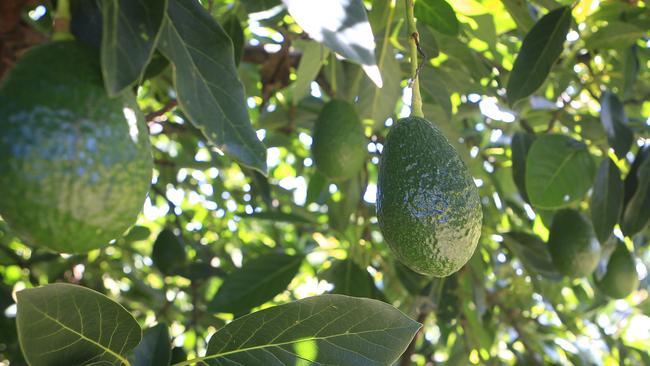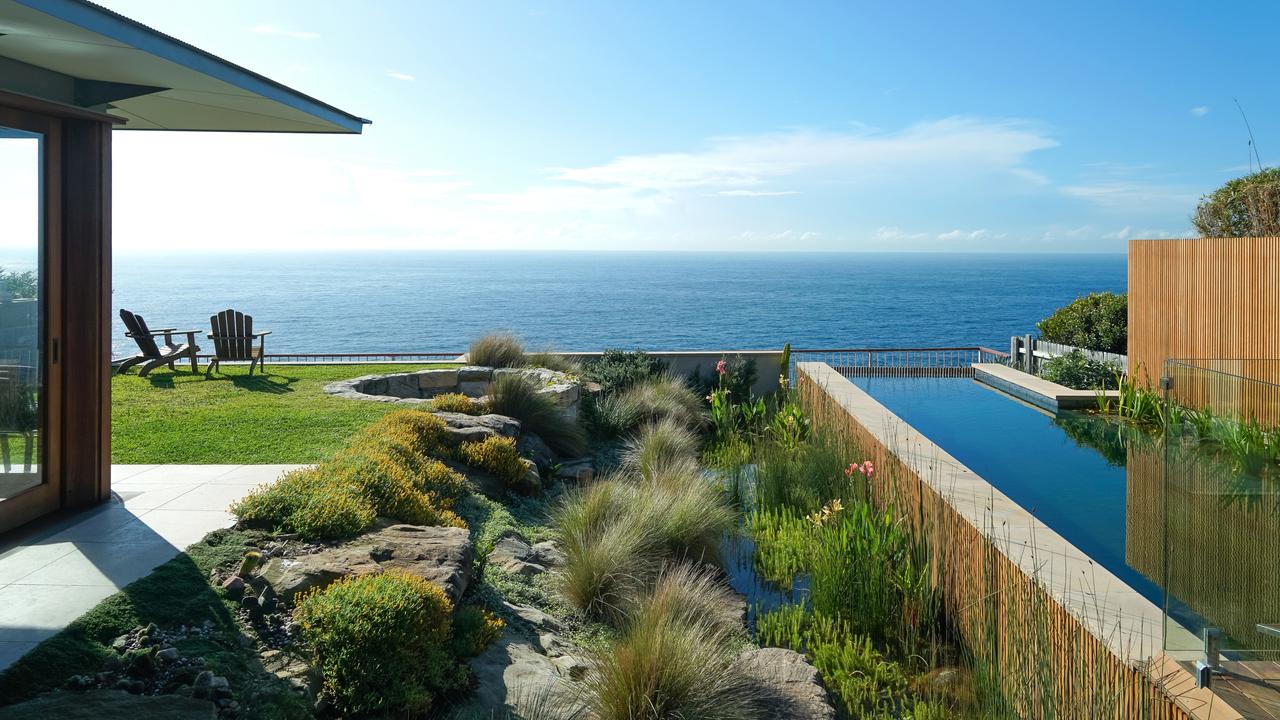Garden tips: avocados; window boxes; Jerusalem artichokes; pruning
My avocado is growing, but will it ever fruit?

A discarded Hass avocado seed has grown into a beautiful 6m tree in four years. When will it bear fruit? As I turn 80 this month, time is of the essence. Can I prune it so I can reach the branches?
TERRENCE QUINN, WELLINGTON POINT, QUEENSLAND
Seed grown avocadoes are variable; they may never fruit or may take many years, and fruit quality is uncertain. One reader’s had not fruited in 14 years. They’re also much taller and therefore harder to manage. You can remove just a few large branches each year in late winter and/or prune lightly through the year. Use an organic-based fruiting fertiliser such as Yates Dynamic Lifter Plus for Fruit. Boron and zinc are essential trace elements. Avocadoes can be self-fertile but their pollination is complex and crosspollination helps.
What could I plant in my townhouse’s south-facing window box? It receives almost no sunlight. I’d love some colour if possible.
STEPHANIE LANE, ADELAIDE
In such difficult conditions any colour will need to come from foliage. Variegated spider plant (Chlorophytum comosum ‘Variegatum’) with whitestriped leaves is hard to buy but you’ll find it in old gardens and it transplants easily. Zanzibar Gem (Zamioculcas) is more fashion forward and almost indestructible with glossy green foliage. Others include prayer plant (Maranta), smaller Calathea species and philodendrons.
Last year I planted jerusalem artichokes in soil that wasn’t overfertilised. They thrived and I harvested bucket loads. But why do these have many more conically pointed knobs than the tubers I planted?
WENDY MORGAN, BY EMAIL
Some say the richer the soil the more knobbly the tubers; others claim this happens in sandy, less fertile soil; another theory says it’s from leaving tubers too long in the ground. ‘Fuseau’ is a smoother variety. Helianthus tuberosa are related to sunflowers; be aware they can spread to the point of being invasive.
Following from your interesting story on pruning ornamental grasses, can you advise on pruning the vigorous clumps of Ficinia nodosa that threaten to overwhelm my pond?
PETER MUHLING, BY EMAIL
Native to coastal regions, knobby club rush is technically a sedge rather than a grass. You can prune it back to ground level every two to three years to remove dead material. Follow with some native-plant fertiliser.
Send your questions to helenyoungtwig@gmail.com or Helen Young, PO Box 3098, Willoughby North, NSW 2068. Visit helenyoung.com.au.
September’s best question wins the delightful Daisy design outdoor beanbag cover worth $170 from IS Gift. The waterproof, UV-proof cover is 140cm x 140cm with inner zipped bag, beans not included. isgift.com. August’s winner is John Griffin of Yea for his question about planting trees.
* * *
FLORA
I call it loud pink, but designers may say magenta or raspberry. Whatever the label, the abundant, tassled flowers of Loropetalum ‘Plum Gorgeous’ are hard to miss in spring. Set against deep plum-coloured foliage, it’s a combination that hums with energy, especially when contrasted with lime green. The original Chinese fringe flower (Loropetalum chinense) is a large shrub or tree with cream flowers and green leaves, still seen in older gardens. Several new varieties share its robust nature but offer new colours and smaller sizes. ‘Plum Gorgeous’ is about 1.5m high and wide; ‘China Pink’ has similar colouring but is a little larger; ‘Flame ‘n’ Gorgeous’ has russet leaf tones. All maintain a dense, domed shape with lightly cascading branches and usually have a second flowering in autumn.



